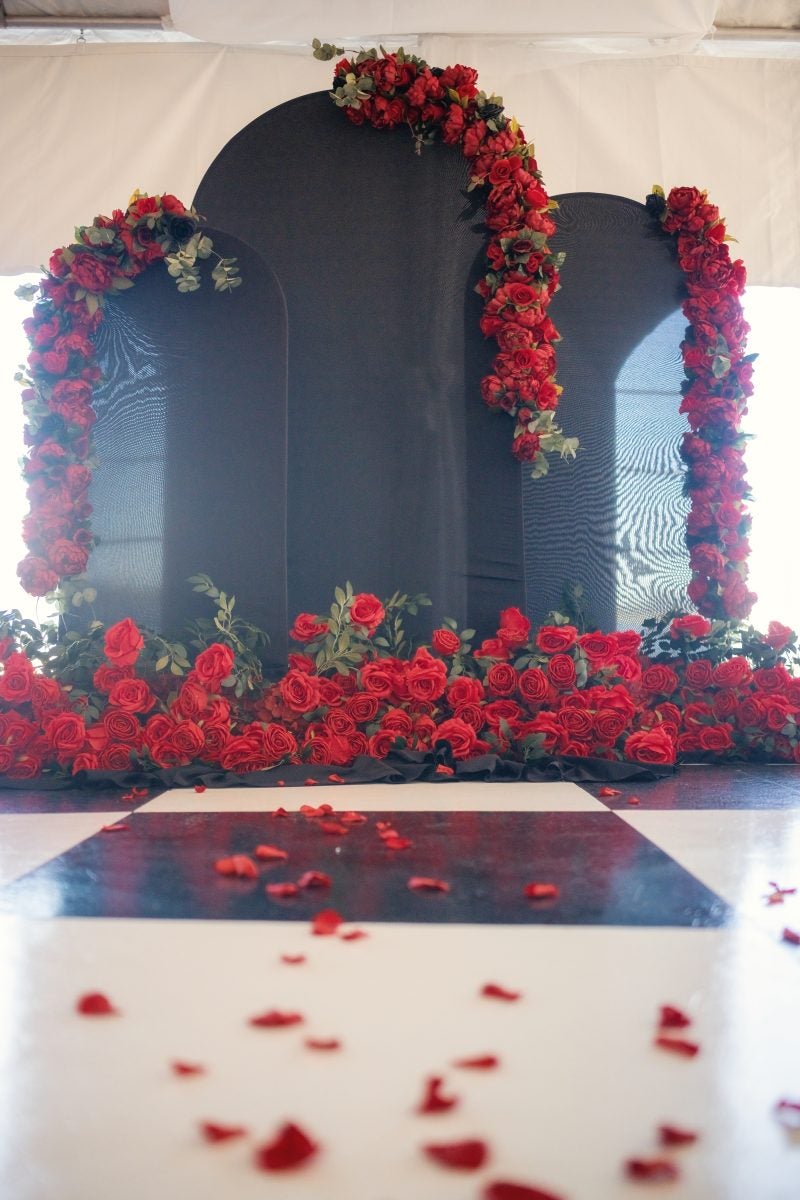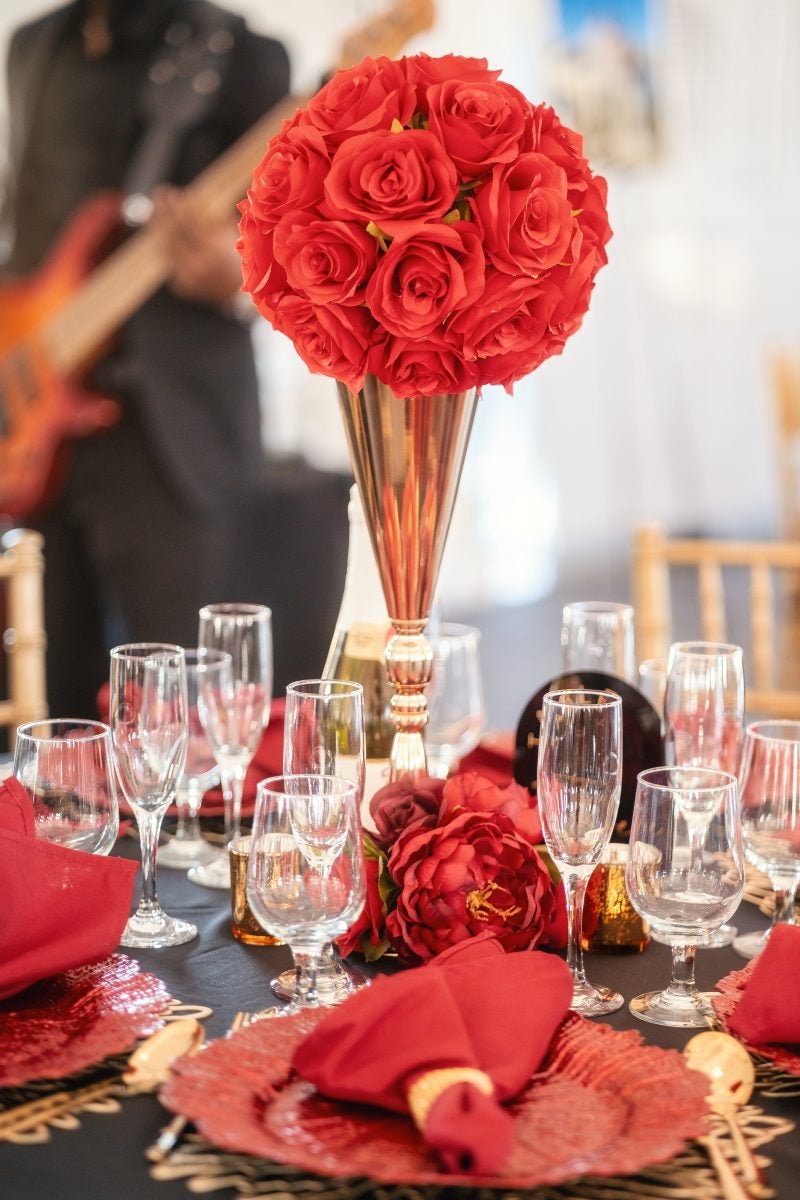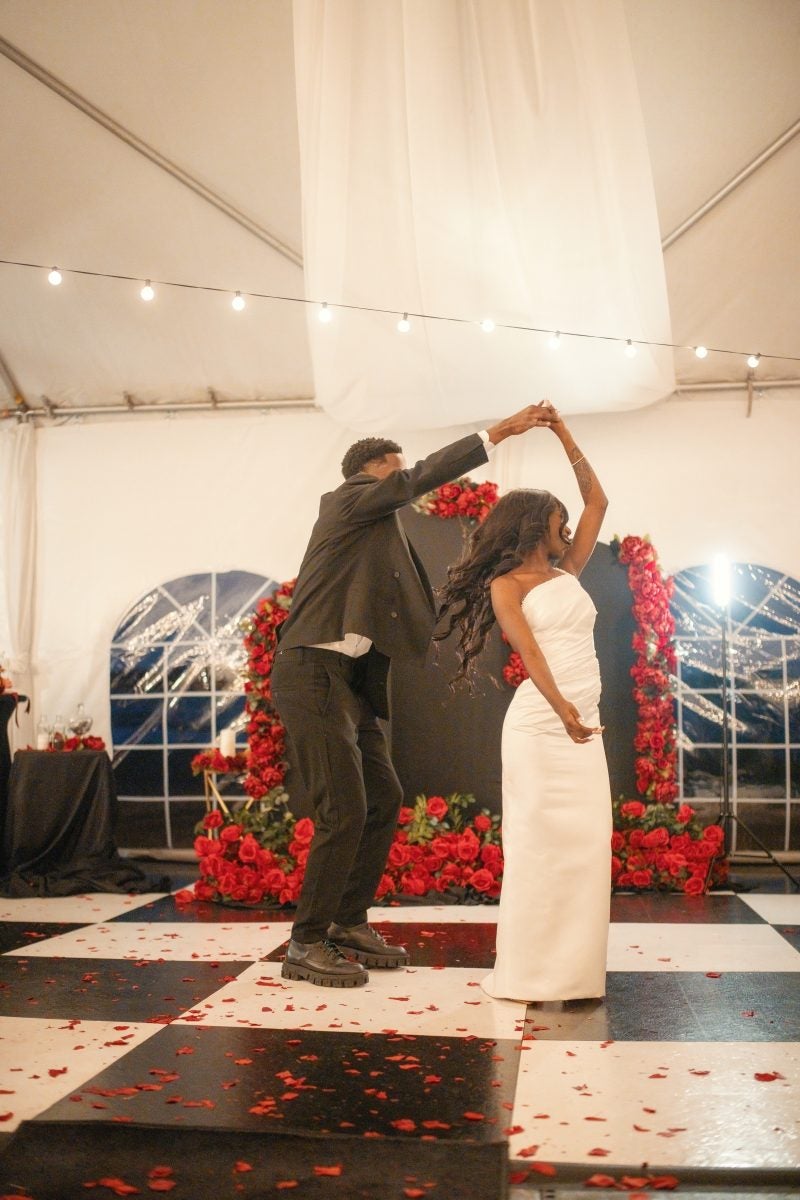
“It’s an actual city?”
That’s typically the response I get anytime I tell someone I’m heading back to Tequila. I say back because I’ve visited the Mexican city three times. In spite of tequila finally eclipsing vodka and becoming the most popular spirit in the U.S., most people still don’t know Tequila, Mexico is a destination. And yes, it’s the spirit’s namesake.
Located in the Jalisco state of Mexico, Tequila doesn’t have the large crowds of Cancun, Tulum, or even Mexico City, but for anyone with a long weekend to spare, there’s no shortage of culture, amazing food, and probably some of the smoothest tequila to ever hit your tongue.
Tequila is different right from the start, with the flight into Guadalajara. For anyone who’s ever experienced Cancun’s airport and that overwhelming feeling of “don’t make eye contact” as you try to avoid anyone trying to sell you tours, packages, and more, then you know what I mean.
Naturally, a visit to a tequila distillery or a tasting should be at the top of the list. This isn’t just for the hardcore spirit snobs who are convinced one brand is superior to the next, but for anyone curious about the actual tequila-making process in the drink’s home. I’ve toured with both Jose Cuervo and most recently, El Tequileño. Both tours of the agave fields and the backbreaking work of the jimadores gave me a newfound respect for the process, with the plant-to-process time for agave taking up to seven years. You know how real-deal champagne has to actually come from the Champagne region in France? Well, it’s the same for Tequila, which is only classified as such depending on origin and percentage of agave, originating from one of five states in Mexico and containing at least 51 percent blue agave.
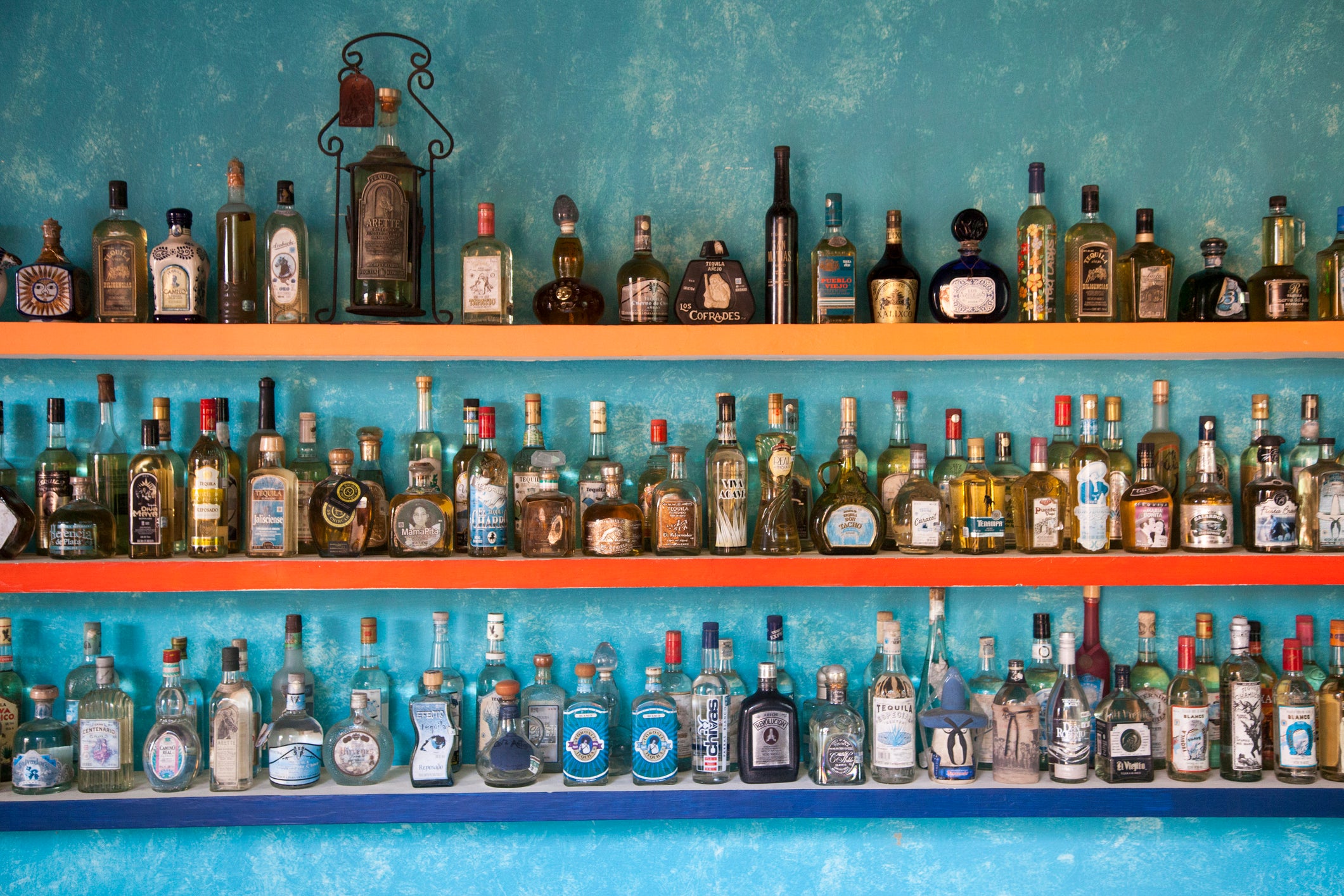
Despite sipping a ridiculous amount of tequila on my trips, I never woke up with a hangover or needed to reach for the electrolyte packets in my bag. The 100 percent blue agave was free from sugar, smooth, and there was no burn. No chasers or mixers necessary.
When I did have a mixed drink, it involved sipping a Batanga at La Capilla. What some people would call a “hole in the wall” is actually a local favorite and a former top 50 bar in the world.
The drink, a creation of the bar’s late owner, dates back more than 50 years. It’s just Mexican Coke, El Tequileño blanco, lime, and a salted rim. Oh, and it has to be stirred with a long knife. No one was able to explain why the knife is integral or why El Tequileño is the specific brand of tequila, but it just works.
I didn’t question the process as I sat there sipping the refreshing concoction. I realized it’s those classic, but super specific details that give Tequila flair compared to cities that might be overcrowded or hyper focused on appealing to the American traveler.
“The town really is supported by the industry of tequila. We say as a bit of a cliché, that tequila is more than a spirit, it’s a culture,” says Alberto Ontiveros, food and beverage director of boutique hotel, Casa Salles. The property sits just feet away from La Guarreña distillery, where El Tequileño is produced. You can literally smell the agave cooking from your room.
But Ontiveros, a Tequila native, is quick to point out the city isn’t just about liquor. Though the spirit might have a certain reputation (shots, shots, shots!), for some consumers, that’s far from the overall vibe of the small city.
“Tulum and Cancun have become U.S. hotspots; they are for people who want to enjoy a holiday on the beach, a great nightlife, and a party scene,” he says. “In contrast, Tequila still retains the authenticity of a local small town. It is really magical and everything that surrounds it really shares the culture of that region.”
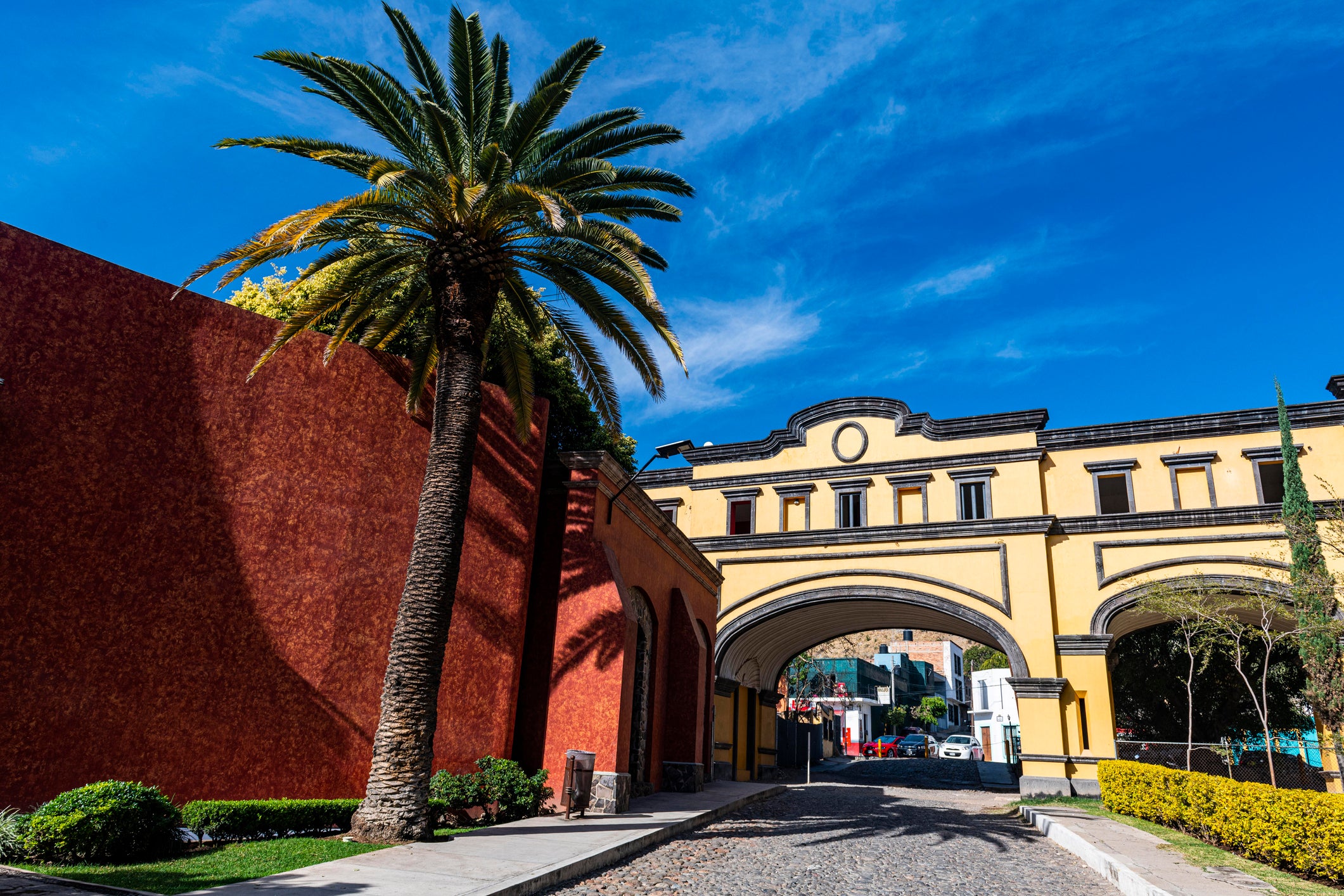
Feeling the authenticity is something you even experience at a four-star hotel like Hotel Solar de las Ánimas, which boasts a modern rooftop bar overlooking the city and marble finishes, but still has an old-world architectural feel, massive ceilings, and deep leather couches you just want to melt into.
Tequila (the spirit) is a huge part of Tequila’s (the city) identity, but there are ways to support the local community that doesn’t involve an agave tour or a bar. The area is quite walkable and in addition to the bright edifices of restaurants and shops, there’s equally vibrant street art, including murals of the goddess of agave, Mayahuel.
Carrying some pesos is a must, especially to sample eats or when roaming the cobblestone streets before making your way to Plaza Principal. This is the central area where you’ll typically see equal parts locals and tourists, with many of the latter lining up to snap a pic in front of the Tequila sign. Without the influx of chain food options, there’s also more than enough opportunities to explore and indulge in tortas, birria tacos, or even hearty pozole.
You certainly could reduce Tequila to a day trip from Guadalajara, but it’s well worth at least two to three days. No, you won’t be downing margaritas on the beach, but you’ll return home and can actually say you sipped authentic, flavorful tequila, basked in the beauty of the area, and experienced a small town with a rich heritage.



